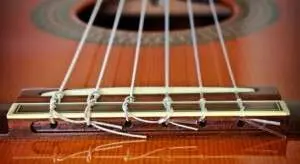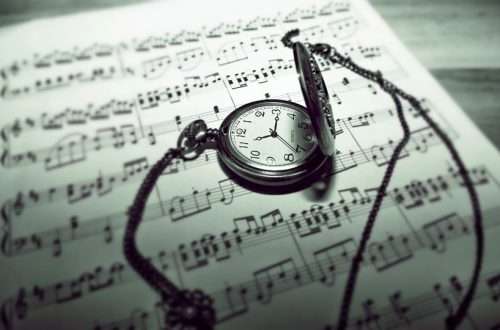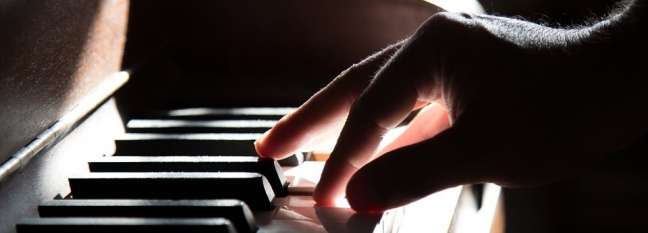
Interpretation of piano music
For those unfamiliar with classical music, the term “song interpretation” may seem confusing.

For them, let’s explain this term briefly. What is an interpretation of a musical piece? The notes or the score (for works with more than one instrument) contain detailed performance instructions regarding tempo, time signature, rhythm, melody, harmony, articulation and dynamics. So what can be interpreted in the work? The notes describe a pattern that should be the starting point for interpretation, they leave the performer a certain freedom in choosing the tempo, dynamics and articulation (of course, there can be no freedom in performing the melody or rhythm, it would simply be a mistake). Proper pedaling also plays a significant role.
Dynamika Dynamics is one of the most important, most basic means of interpretation. While the remaining means (articulation, tempo) must somehow be chosen by the performer, their homogeneity throughout the work is not as destructive to the performance as the lack of dynamic changes. (Of course, we mean the performance of classical music all the time. In popular music, especially when the piano is only a part of the instrumental ensemble, the dynamic changes are much smaller or even the pianist is forced to play the same dynamics all the time, e.g. forte, in order to stand out among others. loudly playing instruments). Well-chosen dynamic changes have a huge impact on the nature of individual phrases. This is especially noticeable in the case of music of the Classicist period (e.g. in Mozart) where many musical sentences are repeated immediately and the change of dynamics is the only difference between them. This does not mean, however, that dynamic changes are of less importance in other musical styles, although they may be less noticeable at first for an unheard-of audience.
Articulation Articulation, or the way of producing sound. In the music of keyboard instruments, we meet the articulation of legato (combining sounds), portato (with small pauses) and staccato (short, sharply interrupted). Articulation allows you to radically change the character of individual phrases, and to separate musical sentences from each other.
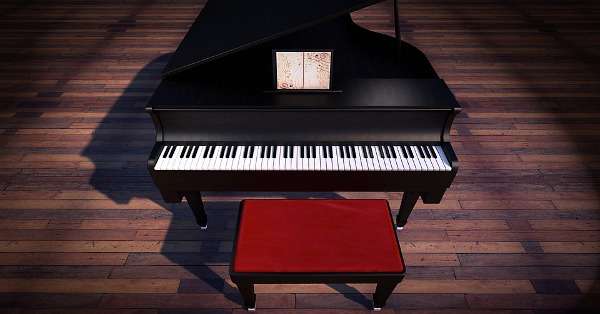
Time Choosing the right tempo has a fundamental impact on the way a piece is perceived. Too fast can destroy its charm, and too slow can make the composition fall into pieces or simply distort its character. (There is a known case, for example, when, at one of the previous editions of the Chopin Competition, one of the participants played a polonaise at a very slow pace, which made the dance sound like a funeral march) However, even within the correct tempo defined by the composer, the performer has at his disposal a certain range of (e.g. in the case of moderato tempo, from about 108 to 120 beats per minute) and depending on the adopted concept, he can choose the tempo in the middle, closer to the upper limit to liven up the piece, or e.g. slow it down a bit and, in combination with the additional use of a half-pedal, make it more impressionistic character.
The use of tempo rubato, i.e. the variable tempo during the piece, is also very impressive. It is a performance medium that is especially often used in music of the Romantic era. Changing the tempo causes stretching or shortening of the rhythmic values in individual fragments, but the starting point for tempo rubato is always a rigid fundamental tempo – a piece performed with rubato should last the same amount of time as the same piece performed at a uniform tempo. The constant fluctuation of the pace is also a mistake. Henryk Neuhaus – an outstanding Russian educator – wrote that there is nothing more boring than the steady and monotonous undulations of a piece, reminiscent of a drunk staggering. The correct use of tempo rubato is one of the most elaborate piano achievements. Sometimes, just two or three tempo shifts used at the right moment make a much better impression than more, because the measure should emphasize the beauty of the piece and be balanced in use between consistency and the element of surprise.
With two bad, unsteady paces and a stiff metronomic pace, the latter is much better. The ability to perform a work uniformly and accurately according to the tempo set by the metronome is also the basis for preparing the correct use of tempo rubato. Without a sense of the basic pace, it is impossible to keep a piece “in its entirety”.
Pedalization Proper use of the pedals is also an important part of the interpretation. It allows you to give the piece fluency, additional breath, reverberation, but using the forte pedal in excess is also disadvantageous, as it can be boring or cause excessive sonic chaos, especially when a novice pianist does not separate two consecutive harmonic functions.
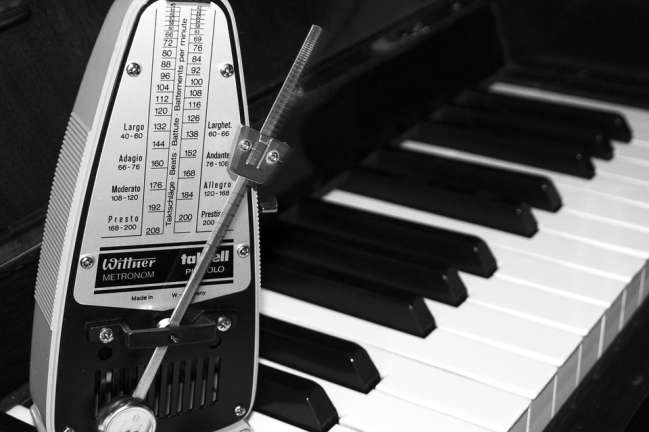
Summation Despite the fact that the classical notation is very precise. (Modern methods of notation, e.g. using graphs, have not really brought any new possibilities. Apart from the form, they differ from the notation only in ambiguity and thus causing misunderstandings between the composer and the performers, while the unambiguous notation can be enriched with additional comments and notes.) It leaves the contractor a great deal of freedom. Suffice it to say that mastering the art of interpretation to perfection requires many years of work and is practiced by professionals from almost the beginning of education to the end of studies in conservatories. A good interpretation, however, is also manageable for amateurs, who perform pieces according to their skill level. However, in order to acquire it, you should seek the support of professional pianists, because art is extensive and requires practice. However, this does not prevent you from enjoying it during concerts. It is best to listen to it at concerts, in good halls, performed by good musicians, or on good audio sets, played from the original CD or wav file. Well-made classical music contains so many subtle sounds that it is extremely difficult to capture them all in a recording, and unfortunately played from an MP3 file or on low-end equipment, it does not sound half as good as live.



